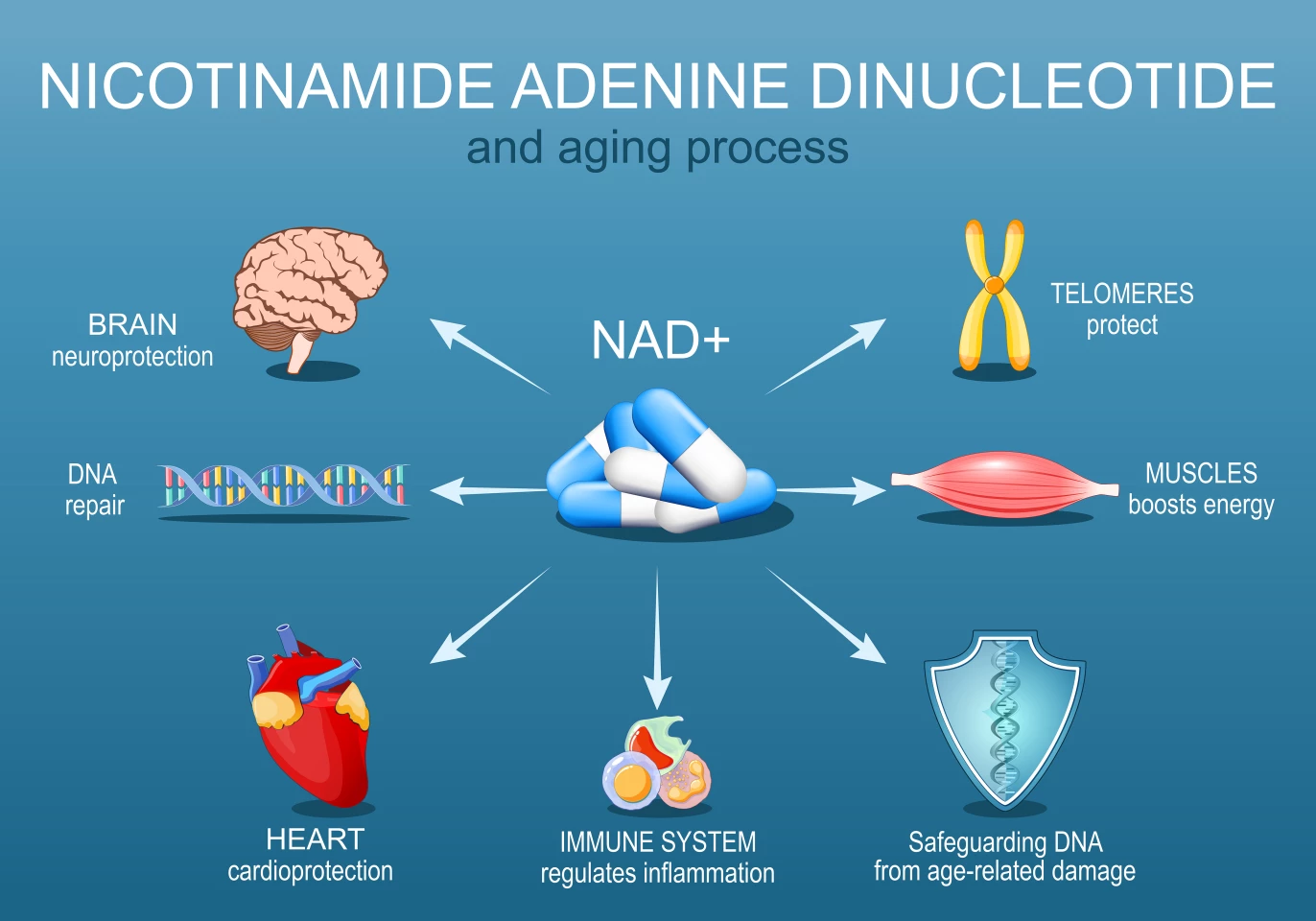Boosting levels of a certain molecule that declines with age was found to restore memory and brain function in Alzheimer’s disease (AD) models – not just by improving energy metabolism, as previously thought, but by fixing RNA splicing errors that disrupt hundreds of genes crucial to neuron health.
An international team of scientists from the University of Oslo (UiO), Norway's Akershus University Hospital (Ahus), China's Jinan University an d the University of Minho in Portugal has uncovered a mechanism driven by the natural metabolite, oxidized nicotinamide adenine dinucleotide (NAD⁺), which can shield the brain from the progressive damage of AD.

In AD, RNA splicing – which tells cells how to assemble proteins – goes awry, producing dysfunctional proteins that accelerate the irreversible death of neurons. The researchers discovered that NAD⁺ can correct these “editing errors” by acting through a protein called EVA1C, which manages how RNA messages are spliced together.
"Preliminary studies have shown that supplementation with NAD⁺ precursors, such as nicotinamide riboside (NR) or nicotinamide mononucleotide (NMN), can offer therapeutic benefits in AD animal models and early clinical trials," said first author Alice Ruixue Ai from UiO and Ahus. "However, the molecular mechanisms behind these benefits remain largely unclear."
In the study, the scientists began with worms (Caenorhabditis elegans) engineered to produce toxic human tau. This provided a simple, genetically tractable model to test whether NAD⁺ could fix RNA splicing errors caused by tau and identify any genes affected. In these worms, boosting NAD⁺ corrected age- and tau-related splicing issues and improved movement and learning behaviors. And they found that one gene, eva-1 (the equivalent to human epithelial V-like antigen 1 homolog C, or EVA1C) showed significant changes in splicing linked to NAD⁺ treatment.
Next, in mouse models carrying a mutant form of tau, they found that hundreds of genes involved in RNA processing were misregulated, especially those related to RNA splicing. When they boosted NAD⁺ levels with nicotinamide riboside (NR) or nicotinamide mononucleotide (NMN), the errors were fixed.
Further testing found that silencing eva-1 in the worms and EVA1C in mice undermined the ability of NAD⁺ to correct splicing errors or improve memory/behavior. In human brain samples from AD patients, the scientists found that EVA1C protein levels were significantly reduced in the hippocampus and entorhinal cortex – two regions of the brain linked to memory and early disease progression.
"Notably, we found when the EVA1C gene was knocked down, these benefits were lost, confirming that EVA1C is essential for NAD⁺-mediated neuroprotection," said Evandro Fei Fang-Stavem, an associate professor at UiO.
The results establish the NAD⁺–EVA1C pathway as a new target for therapy, and that maintaining NAD⁺ levels could help preserve memory and slow neurodegeneration in humans.
"We propose that maintaining NAD⁺ levels could help preserve neuronal identity and delay cognitive decline, paving the way for combination treatments to enhance RNA splicing," Ai said.
NAD⁺ helps regulate cell metabolism and DNA repair, and naturally declines with age. Higher levels have been linked to longer lifespans and better health with age, and there's a growing focus on the essential metabolite in the field of geroscience.
The research was published in the journal Science Advances.
Source: University of Oslo via EurekAlert!






